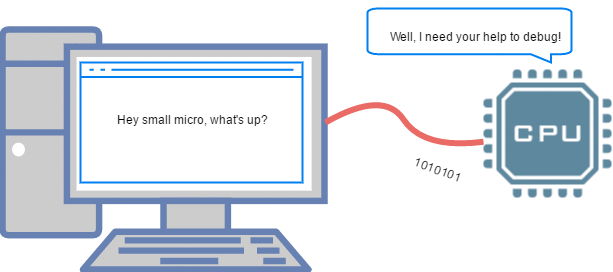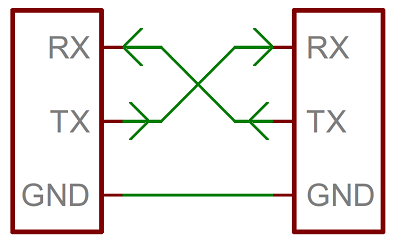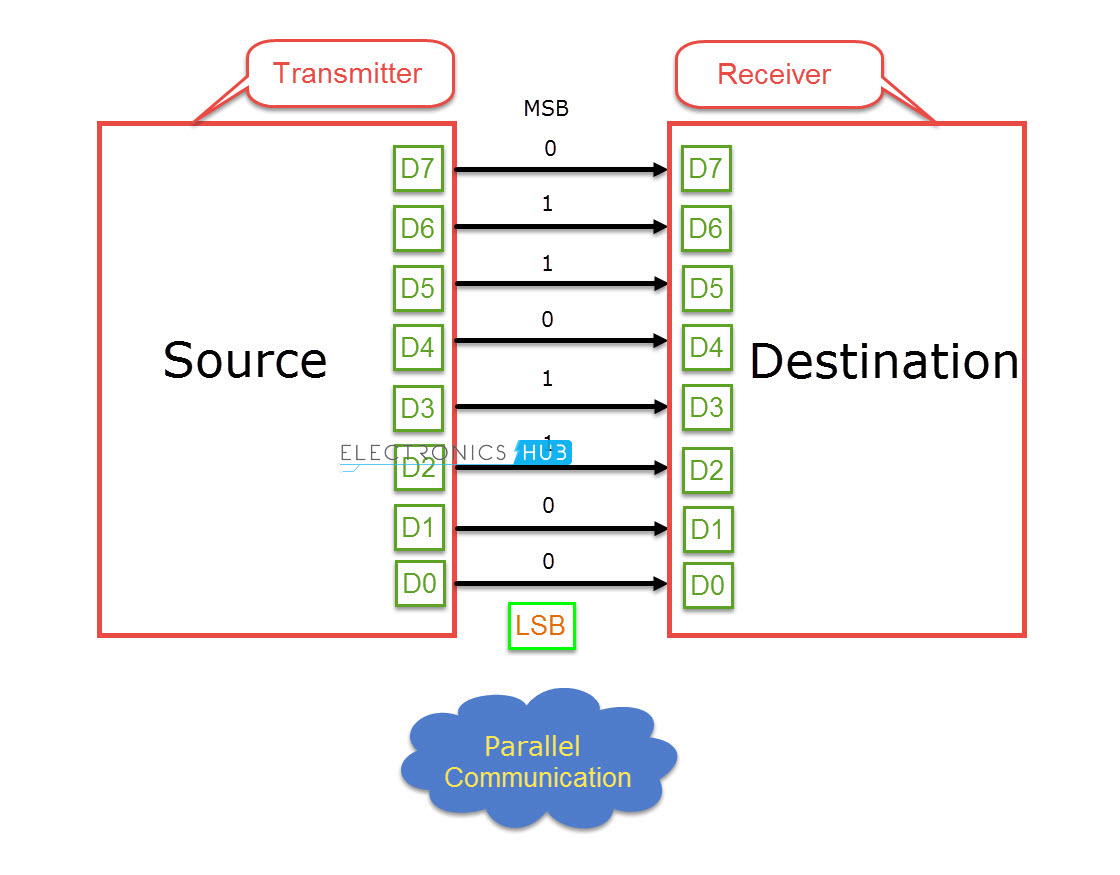
There is a master in/slave out (MISO) wire, a master out/slave in (MOSI) wire and one each that carries the clock and slave select signals.ĬAN Protocol is a protocol used predominantly in autos and other motor vehicles. SPI uses four wires which each serve a distinct function. SPI Protocol (Serial peripheral interface) protocol is used to implement high-speed data transmission and can send and receive a continuous flow of data without interruptions. It uses a two-wire bidirectional approach to exchange data between devices located on the same bus. I2C Protocol (Inter-integrated circuit) - is used for onboard communication due to its data transfer speed of up to 400kbps. Here are some of the synchronous protocols you will see in the field. These protocols allow one bus to interface with multiple devices simultaneously.
#DEFINE SERIAL COMMUNICATION PROTOCOL SERIAL#
Onboard computer peripherals usually make use of synchronous serial protocols. The main drawback is the installation costs which can get very expensive when more transmitters and receivers need to be connected. Long-distance communication benefits from using asynchronous wired protocols. Note: Connections must be manually terminated when using the RS232 or RS485 protocols. Only one transmitter can be active at any time and is known as the line driver.
#DEFINE SERIAL COMMUNICATION PROTOCOL DRIVERS#
Using this protocol you can design a differential configuration that comprises up to 32 line drivers and 32 receivers. The RS485 protocol is the preferred serial protocol used in industrial implementations. RS422 supports baud rates of up to 10Mbps with a maximum cable length of 4000 feet. Data is transmitted using a differential configuration that employs two twisted-pair cables. Up to ten transmitters and ten receivers can be connected through a single bus with this must-drop serial interface. The RS422 protocol offers extended capability when implementing serial communication. RS232C has 25 pins instead of 9, but only three pins are used to connect terminal devices. An updated version of the protocol is named RS232C and supports all features of RS232. The standard RS232 serial port contains nine pins and can have either male or female connectors. The chip is a Universal Asynchronous Receiver Transmitter (UART) chip that can convert parallel data in the form of bytes into bitwise data fit for serial transmission. This feat is accomplished through the use of an internal chip inside the serial port. You may be interested to know how the bytes of data stored in a device’s memory are converted to binary bits suitable for serial transmission. Serial ports can employ the RS232 protocol. The RS232 protocol supports cable lengths of up to 50 feet and provides the means to implement full-duplex transmission at baud rates of up to 1Mbps. The standard is used in modems, the familiar computer mouse, and computed numerical computing (CNC) devices. With the RS2332 protocol, you can connect one transmitter to a single receiver. The organization in charge of specifying standards is now known as the TIA ( Telecommunication Industry Association).

The RS stands for Recommended Standard and was initially put forth by the EIA (Electronic Industries Alliance). RS232 is the first serial protocol and was developed to connect modems to teletype machines. They are examples of different types of serial protocols that all use asynchronous data transfer to enable communication between devices or applications.

Here are some of the more common asynchronous communication interfaces that you will encounter.

Serial communication is usually accomplished using one of the two main serial protocols. What are the types of serial communication?


 0 kommentar(er)
0 kommentar(er)
